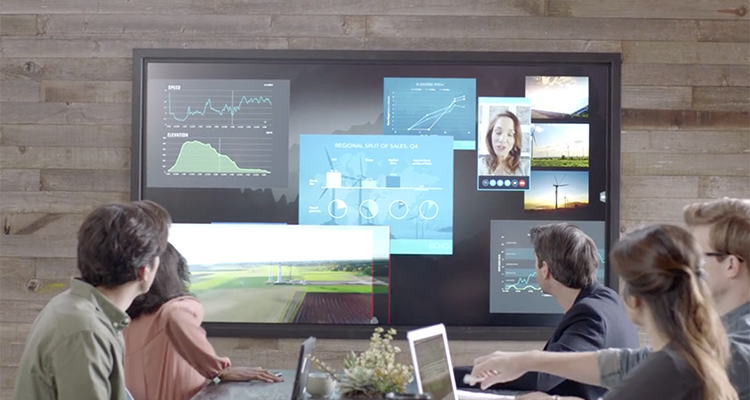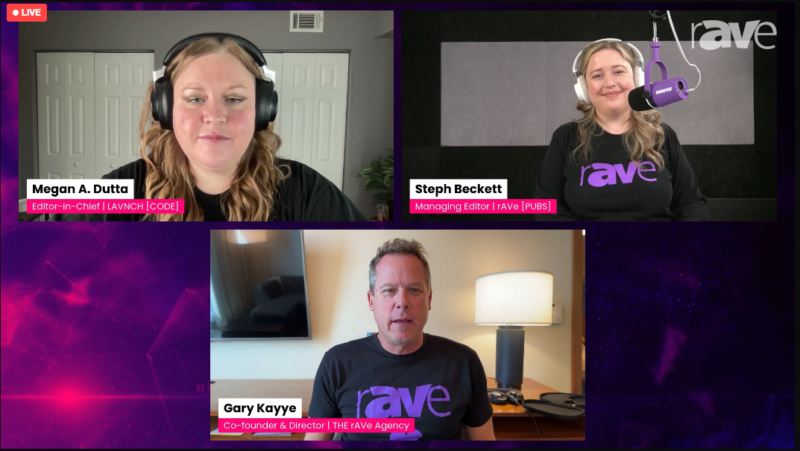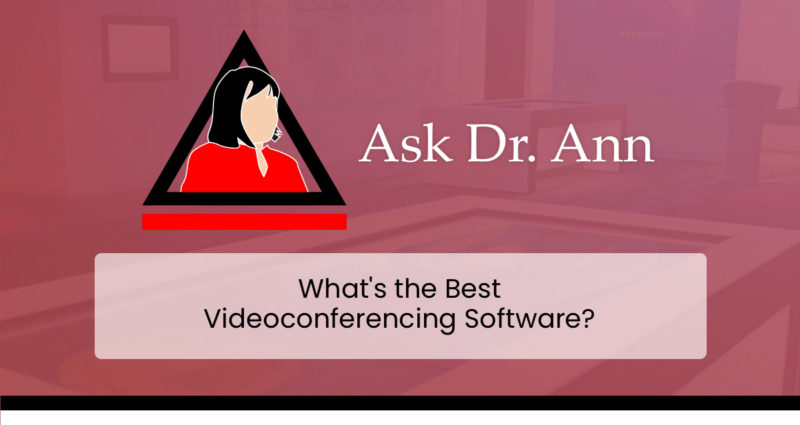The “New” Video Conferencing Goes Way Beyond Video
 By Dana Corey
By Dana Corey
Vice President of Sales, Prysm
When it comes to remote work, we’ve put the cart before the horse, and we’re paying the price. Here’s why technology for effective visual collaboration is long overdue.
I had a friend in high school whose father bought him a car when he was just 14 years old. His parents were divorcing, and I guess the dad was sort of “wooing” his kid, trying to preserve the relationship. But I was mystified. Driving just seemed so far in the future. Why would his dad buy him a car when he couldn’t drive?
When it comes to leveraging the benefits of mobile and remote work in the global marketplace, we have done the exact same thing. Forward-thinking employers, understanding the potential, projected savings on overhead, coupled by greater employee productivity and satisfaction. While they were on the right track, they deployed prematurely, without any idea how to extract these benefits.
Time to catch up.
I’m sure most companies thought that their tools were good enough. After all, we’d moved beyond the audio conference call to video conferencing. Being able to see and hear what was happening in a meeting should have been enough to keep remote employees engaged and plugged in with their in-office colleagues. As it turned out, it was not.
While video conferencing was definitely an improvement over the standard conference call, it only enabled seeing and hearing. But what about writing on the whiteboard? What about seeing the whiteboard? It was a decidedly compromised experience, compared to that of the in-office participants.
As we’ve become more sophisticated, the problem has grown in scale. Take Big Data, for example. Here, we have a gold mine of potentially game-changing information. But Big Data is, well, big. If you’ve got data scientists in another state or country, how do you present data to them in a meaningful way, with Skype screen sharing? With traditional enterprise technology, it’s difficult, if not impossible.
Realizing the promise of the global marketplace.
So how can we truly leverage the benefits of today’s cosmopolitan, mobile workforce?
First, we need to be able to transport the experience to every size screen, from mobile devices to large-scale video walls. By combining hardware, software, applications and content into cloud-based visual workspaces and providing not just access — but the ability to interact with, create, edit, present, edit and iterate — we’ll already be leagues ahead of where we are today.
The key is to go beyond the passive seeing to the active interaction with content, and video conferencing just doesn’t give us that. The enterprise needs much more content to be shared in order to facilitate effective collaboration and meaningful engagement among all participants, including team members who might be out of the office on occasion or who are fully remote workers. Visual collaboration includes sharing a vast array of content in order to engage on an entirely new level, and to be able to extract data from the meeting after it occurs.
The next-generation solution should be as inclusive as possible, integrated with the standard business applications we rely on every day — Salesforce.com, Microsoft Office documents, internal datasets — providing edit, not just access, rights. In this way, we can have a complete story, using a full canvas of resources. And we need a project repository to persist in the cloud, both securely and in perpetuity.
Leveraging momentum; encouraging continuity
Having a persistent visual repository is an important point. This allows us to preserve the history of conversations, ideas and decisions. This context helps us remember how it evolved, what happened when, what prompted what. It helps us replicate a productive session and quickly pick up where we last ended a meeting or brainstorming session.
A great example is how one of our clients, a large pharma company, uses Prysm Visual Workplace. Pharmaceutical companies go through lengthy FDA approval cycles, typically 150+ days. Using Prysm Visual Workplace, our client was able to capture the process day-by-day and keep the momentum going throughout the approval process. Later, the team analyzed the information in the repository to help them figure out how to become more efficient in the future. The result was a reduction from 150 days to 35 to get through that process, which is significant. That is the promise of real visual collaboration.
Imagine how you can apply this type of solution to training in a large enterprise. Onboarding and educating thousands of employees annually can be daunting and expensive. A robust visual collaboration platform allows the company to easily repeat the training with each new employee, without incurring additional expense. Users are also more engaged with the training, whether they are learning in the office or from home.
Looking toward the future
Leveraging visual collaboration technology can help you win business, get to market faster and trounce the competition. What’s more, the technology continues to evolve. New mobile features empower employees, regardless of the brand of their smartphone, to collaborate across boardrooms, home offices, hotel rooms and on the road.
 Of course, technology and work styles are always marching forward. It will be very interesting to see what comes next.
Of course, technology and work styles are always marching forward. It will be very interesting to see what comes next.
Since 2009, Dana Corey has served as vice president of sales at Prysm and executive team member chartered with leading the sales, sales operations and project design team. Dana brings over 20 years of global sales, marketing, technical operations and management experience to the Prysm team. His diverse technical sales experience provides expertise in displays, unified communications, major account sales, global channel partnerships and solution selling.





